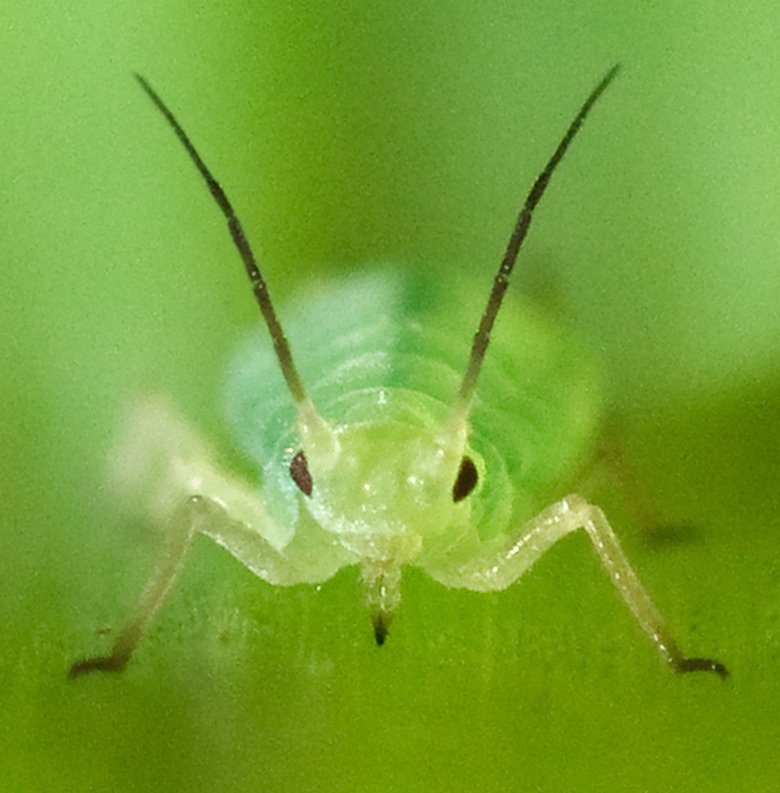Aphids in your landscape?
Aphids are small, soft-bodied insects found in many different habitats. Aphids are a common pest in the landscape, where they can cause significant damage to plants. In this blog post, we will discuss the background of aphids, their life cycle, and how to treat them effectively. We will also take a look at some of the negative impacts that aphids can have on plants.
Aphids are members of the Hemiptera, or true bug, order. Aphids are small insects, with most adults ranging in size from one to ten millimeters in length. They have a characteristic pear-shaped body and long antennae, often identified by color; green, yellow, brown, and black. There are over 4000 species of aphids identified worldwide.
Aphids feed on plants by piercing them with mouthparts and sucking the sap. This feeding can cause damage to the plant, including stunted growth, deformed leaves, and reduced yields. Aphids also secrete a sticky substance known as honeydew, which can attract other insects and promote the growth of sooty mold. Sooty mold is a black fungus that can reduce the plant's ability to photosynthesize.
Aphids can reproduce both sexually and asexually, depending on the species. Aphids reproduce rapidly, with each female producing up to several hundred offspring in the aphid's lifetime. Most aphids overwinter as eggs, which hatch in the spring. The new generation of aphids then begins to feed and reproduce.
The green apple aphid lifecycle.
A - adult sexual female
B - adult male
C - young female
D - female laying an egg
E - eggs, which turn from green to black after they are laid
Aphids can be a nuisance in the landscape, but there are many ways to control them. One way is to use insecticidal soap sprayed on the plants to kill the aphids. Another way is to use horticultural oil. Spray the plants when they are dormant, killing the aphids and other insects. Neem oil is also an effective treatment and is a naturally occurring pesticide; It will kill aphids and mites, and whiteflies.
Finally, a systemic insecticide is an option to kill aphids; This is a pesticide absorbed by the plant and will kill the aphids when they feed on it.
Each method has its strengths and weaknesses, so it is vital to choose the right one for each situation. If unsure which method to use, contact the local extension office; Extension agents can help determine the best option for each situation.
Here are a few links to follow and read that will give you a detailed look at aphids and how to treat for them:
How to control aphids with less toxic methods. (Oregon State University)
Aphids on Shade Trees and Ornamentals (Colorado State University)
Common Insects & Mites : Aphids (Washington State University)
Born Pregnant: Aphids Invade with an Onslaught of Clones


